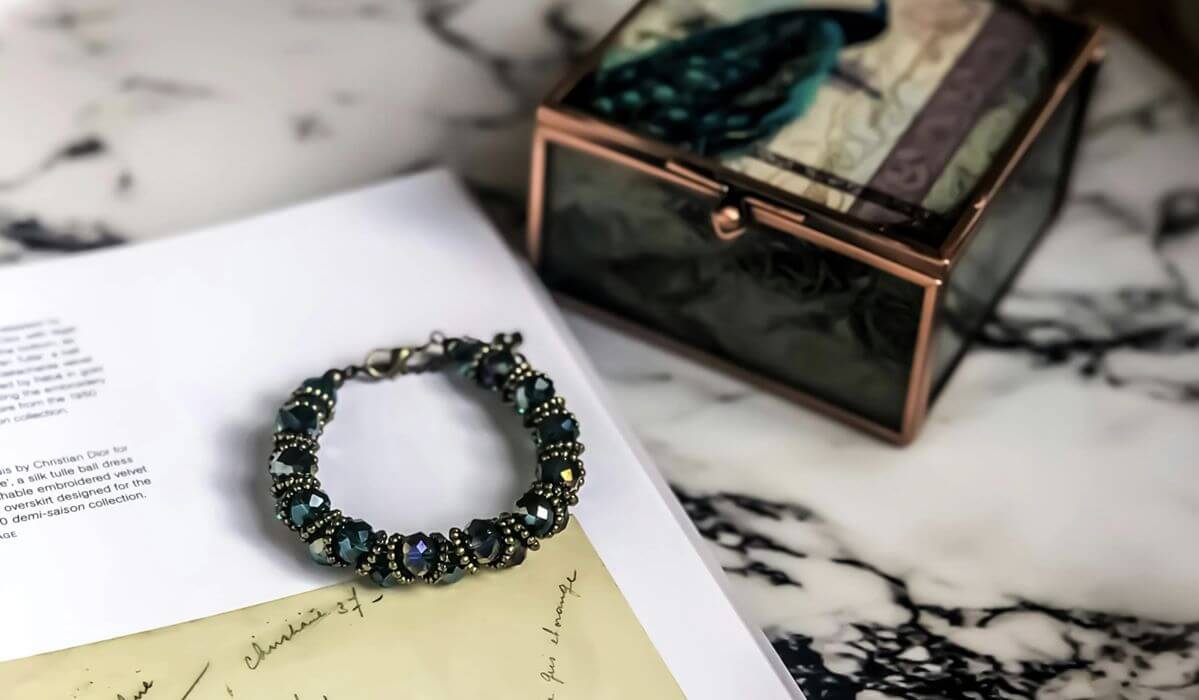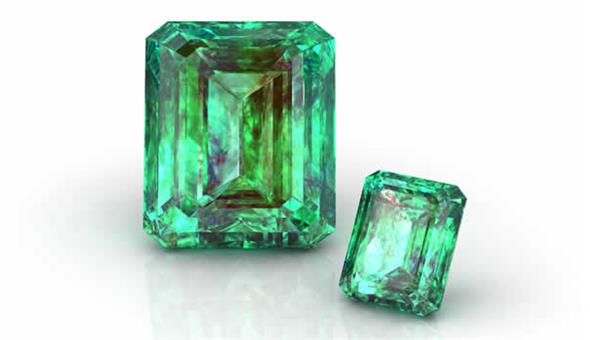Jewelry Through The 1900s: How Jewelry Styles Have Evolved Throughout Different Eras
This article will explore the history of jewelry style, from its earliest beginnings to the latest trends. We will discuss the different factors influencing jewelry design, such as social, economic, and political changes. We will also look at the different types of jewelry that have been popular over time and how they have been worn and used.
By the end of this article, you will better understand how jewelry style has changed over the years. You will also appreciate the creativity and artistry that have gone into the design of jewelry throughout history.
Jewelry has changed significantly over the last century, from early Edwardian designs to massive shifts after World War I and complete changes moving towards the middle and end of the century. Each of these jewelry eras would not have looked as they did if the era before hadn’t been there to shape it. So, we’re here to introduce the main eras throughout the 20th century briefly, what the style was, and overall how much that period has influenced jewelry today.
Edwardian Jewelry (1900–1915)
Firstly, the Edwardian jewelry era was known for producing ornate, dainty, and sparkly pieces, usually featuring diamonds, with intricate techniques being used to refine the jewelry in a way that hadn’t been widespread before this era. Think long glittering earrings and necklaces, large central stones, and statement pieces you can’t help but draw your eye to. One of the most prevalent things to come out of Edwardian jewelry was the central stones, which are now seen in the majority of modern pieces, from pendants to engagement rings. The reason that more statement central stones were possible was that significant progress had been made in how gemstones can be cut and shaped, enabling more extravagant designs.
Art Deco Jewelry (1920–1935)
Next, we have the Art Deco jewelry era, which is the most influential era of the 20th century and perhaps, of all time. The jewelry created in this era was heavily inspired by architecture, moving away from the more delicate and soft pieces of the Edwardian era and more towards geometric patterns, straight lines, and astounding jewelry. More sapphires, emeralds, and rubies also began to feature, along with opals and pearls. Baguette gemstone cuts became prevalent, usually with one large central stone and then smaller stones outside of the main stone.
The Art Deco era was all about maximalism, from parties to the world of business and everything in between. Geometry meets glamour to result in stunning and bold pieces that are still absolutely iconic today. Not only are original Art Deco pieces still circulating, particularly engagement rings, but the geometrical elements are still utilized in modern pieces being designed today.
Retro (1940’s)
Moving into the 1940s, jewelry became bright and bold. World War II changed everything, including women gaining a stronger position in society, so more striking styles and bolder jewelry were created to match that. Materials like precious gemstones and gold weren’t readily available, which slowed down the rate of jewelry production compared to the Art Deco era. Also, alternative stones began to be used, including citrine, amethyst, aquamarine, and topaz, which more traditional jewelers and customers weren’t the biggest fans of! The lack of resources also resulted in more costume jewelry featuring glass and enamel, which became more accessible to a wider range of people in society.
The 1940s retro jewelry era also produced some of the most iconic jewelers of all time, including Cartier, Bulgari, and Tiffany & Co. These brands are very different in their style but have one thing in common: the building blocks established in the 1940s have given them the space to prosper nearly a century later.
Mid-Century (1950’s)
Next in the 1950s came mid-century jewelry, categorized by opulence and optimism, with more materials available to achieve rich results and textures. The rigid nature of the Art Deco movement evolved into designs featuring twists and turns while always maintaining elegance. Clusters of stones also became popular. Brooches also made a comeback in this era, adding traditional elegance to so many looks. Multi-strand necklaces also gained a lot of popularity, inspiring the look worn by Audrey Hepburn in the iconic Breakfast at Tiffany’s in 1961.
Modern (1960’s Onwards)
Moving into the 1960s and 1970s, bold, bright statement pieces became the absolute rage. From necklaces to earrings, the majority of costume jewelry was over-the-top and simply looked great. In terms of precious stones and higher-end jewelry, clusters remained very popular and there was some reversal towards more simple designs.
Moving into the 1980s, the style didn’t evolve too much, especially when it came to high-end jewelry; however, one thing that did carry a lot of influence was Diana’s engagement. Her iconic Sapphire engagement ring became world famous, with many replicas being made and worn, along with a resurgence when Kate and Will got engaged in 2010. Moving into the noughties, jewelry was more minimalist as a whole, while iconic statement pieces were still readily seen on red carpets and in films. More piercing jewelry also took hold on a wider scale, with things like flat back earrings, tragus earrings, and daith earrings becoming much more widespread.
There have been plenty of resurgences from trends over the 1900s, and these iconic periods continue to live on. Both original vintage pieces are circulating, and vintage-inspired pieces were created to make this happen.


